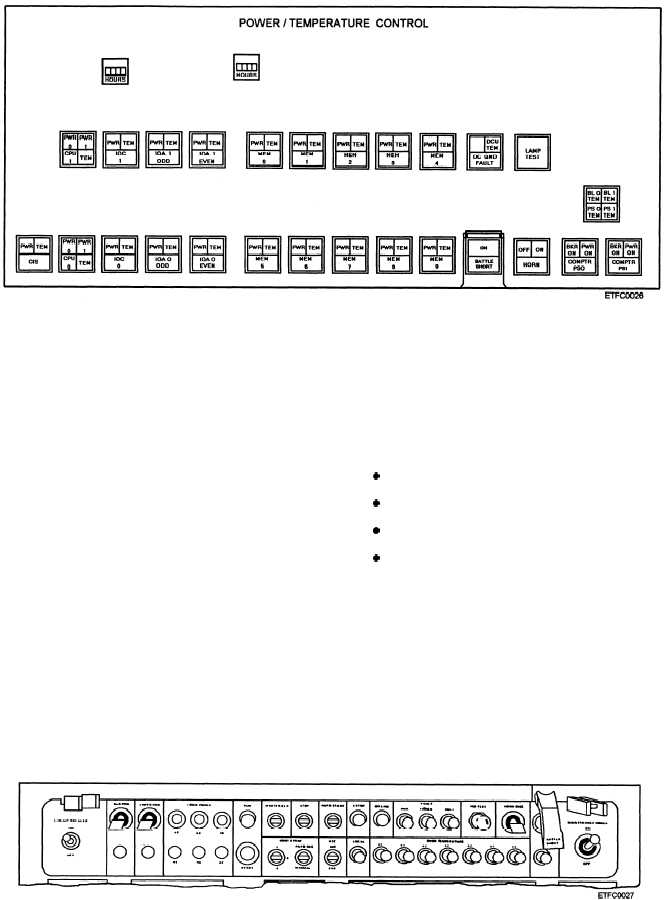Figure 3-3.—Example of a power/temperature panel (P/TP).
Table 3-1 is an example of a table that contains detailed in-
formation about the controls and indicators-the name,
type, and function and use of the controls and indicators.
Other documents that are useful and provide informa-
tion are system operating manuals and desktop guides.
Let’s take a look at some of the controlling units
used to control the computer. We begin with the units
that only control the computer’s power and move to the
units you can use to remotely operate a computer.
POWER/TEMPERATURE PANELS
Power/temperature panels (P/TPs) provide power
controls and indicators and temperature indicators.
They may also provide a running time meter, a lamp
test, a battle short switch, and an alarm to notify you of
an overtemperature rendition. Refer to figure 3-3 for
an example. Power/temperature panels allow for the
powering down and up of the individual modules within
the computer’s frame or cabinet. This enables you to
remove a designated module for repair.
On any computer controlling unit that has
provisions for controlling the computer’s power, you
must become familiar with the correct procedures for
routine powering up/down and emergency situations.
These procedures can be found in the computer’s
technical or owner’s manual, system operating
manuals, desktop guides, or locally generated system
doctrine. In our example, the power/temperature panel
is located on the front of the computer’s frame/cabinet
for easy access and monitoring. This power/
temperature panel has four levels of controls and
indications. They are as follows:
Primary power
Computer power
Module power
Overtemperature indications
OPERATOR PANELS
Operator panels contain the controls and indicators
necessary to initiate computer operations including
powering the computer up and down. They also enable
you to monitor the computer during operations for logic
power status, overtemperature conditions, programmed
stops, and faults (power, program, and hardware), and
test indicators. You can enable or disable the audible
device and put the computer in a battle short condition.
See figure 3-4. You can divide the operator panel into
the following four areas:
Figure 3-4.—Example of an operator panel.
3-7


